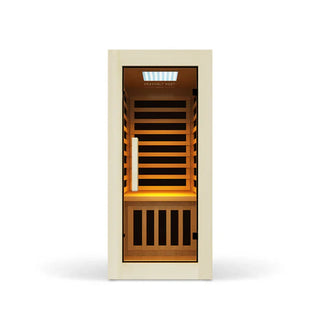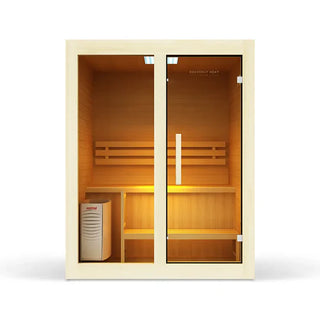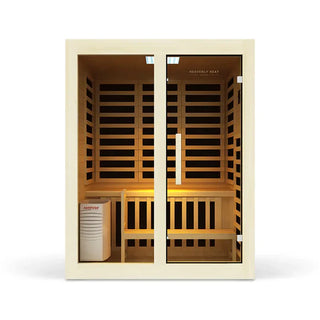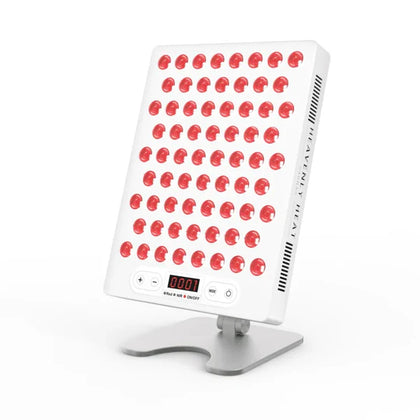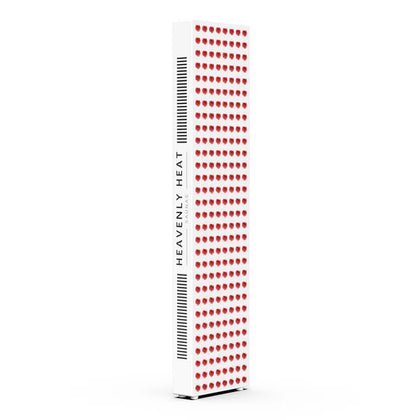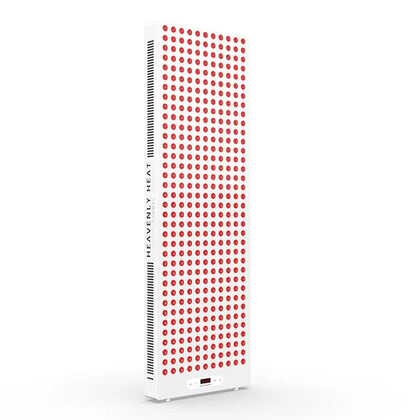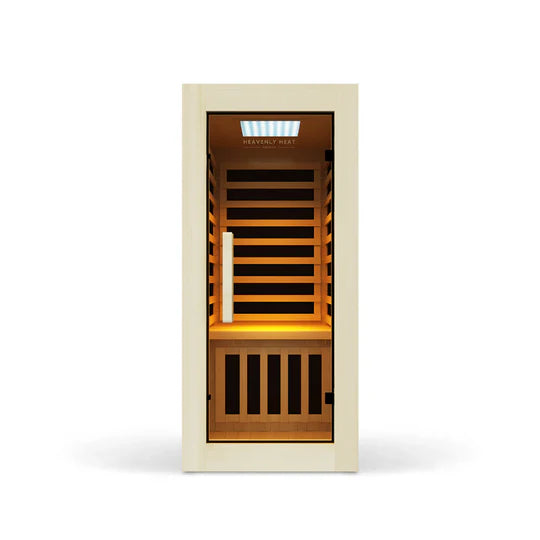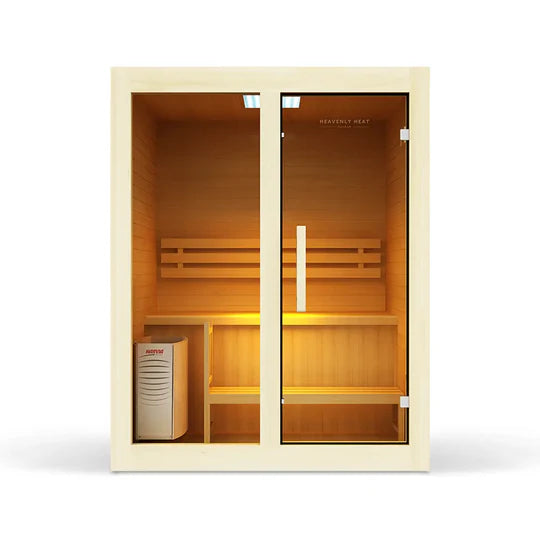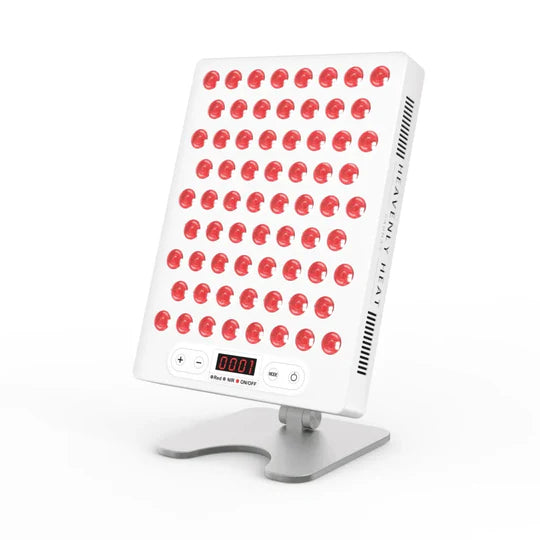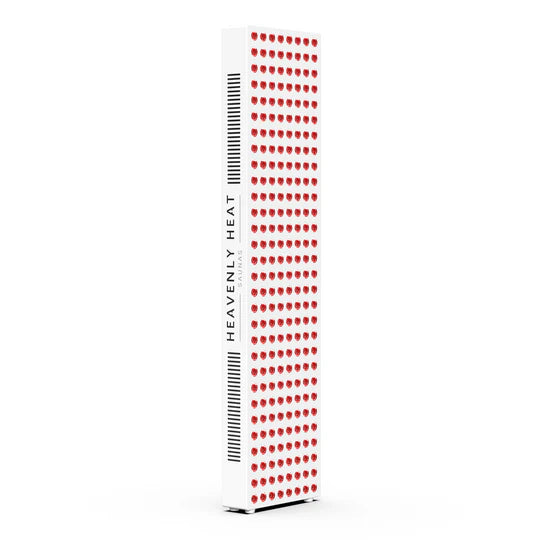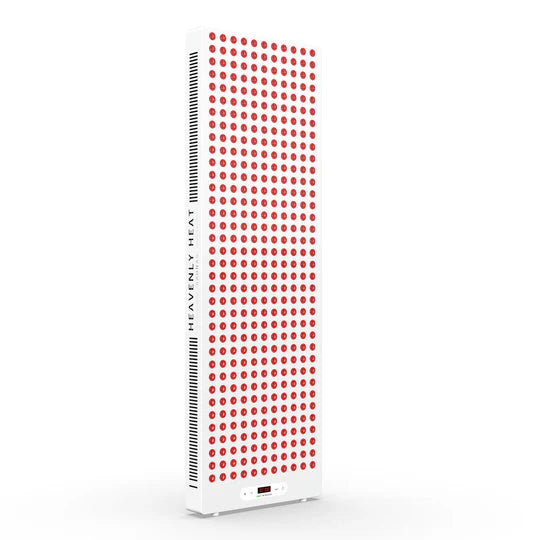Does Red Light Therapy Work on Cellulite?

Red light therapy offers an array of skin benefits, helping to improve conditions like stretch marks, scars, acne, and psoriasis. But does red light therapy work on cellulite?
About 90% of women experience cellulite at some point, regardless of how well they eat or how often they exercise. This stubborn skin issue can be disheartening, making you feel self-conscious and defeated.
In this post, let’s discover how red light therapy might be the solution you’ve been searching for.
Key Takeaways
- Red light therapy can improve the appearance of cellulite but won’t eliminate it entirely.
- Combining red light therapy with a healthy diet and regular exercise enhances cellulite reduction results.
- Red light therapy reduces the appearance of cellulite by enhancing blood circulation, stimulating collagen production, and increasing skin elasticity.
- When buying a red light therapy device for cellulite, consider right wavelength, panel size, and low EMF emissions.
What is cellulite?
Cellulite is a common condition that makes your skin look dimpled or lumpy, often found on areas like the thighs and buttocks.
It happens when fat pushes through the connective tissue under your skin. Many people think cellulite only affects women, but men can have it too.
Factors like genetics, hormones, and lifestyle choices, such as diet and exercise, can contribute to its formation. Although cellulite is not a medical issue, it can affect how some women feel about their bodies. Cellulite has four grades: Grade 0 has no cellulite, Grade 1 shows mild dimpling when sitting, Grade 2 has moderate dimples visible when standing or sitting, and Grade 3 and 4 show more severe dimpling and skin texture changes.
Celebrities like Demi Lovato have shared their experiences with cellulite. Lovato posted an unedited photo and said, “Guess what, it’s CELLULIT!!!! I’m just literally sooooo tired of being ashamed of my body.”
Other stars, such as Ashley Graham and Kourtney Kardashian, also show off their cellulite to inspire body positivity.
Understanding the Red Light Therapy
Red light therapy, a skin treatment using gentle red light to reduce signs of aging, is a non-invasive treatment that uses low-level light wavelengths which penetrate 1–2 mm without heat to boost cell energy, to benefit your body. Red light therapy excites mitochondria in cells, increasing ATP production for better skin repair. ATP, a molecule that provides energy for vital cell functions, supports muscle contraction, nerve impulses, and chemical processes. Unlike blue light therapy, which targets acne-causing bacteria, red light penetrates deeper to stimulate collagen production, reduce inflammation, and promote healing. Dermatologists use it to treat skin conditions such as acne, reduce wrinkles, and promote scar healing. You can also find red light therapy at spas and gyms, or you can buy a device for home use.

Does Red Light Therapy Work on Cellulite?
Red light therapy is generally considered a safe and affordable treatment for cellulite compared to surgery. However, it’s important to remember that red light therapy cannot cure or completely eliminate cellulite. Instead, it helps improve its appearance by enhancing blood circulation, stimulating collagen production, increasing skin elasticity, reducing fat cells, and tightening skin in affected areas. Radio-frequency therapy is another non-invasive option to reduce cellulite. To achieve even better results, you can combine red light therapy with a healthy diet and regular exercise, further enhancing its effects on reducing the appearance of cellulite.

How Do Celebrities Get Rid of Cellulite?
Celebrities often try different ways to reduce cellulite, and some, like Gwyneth Paltrow and Kim Kardashian, share their favorite methods.
Gwyneth uses maderotherapy, a unique massage that uses wooden tools to help break down fat and improve blood flow. She believes this technique helps get rid of cellulite and makes her skin look smoother. Maderotherapy is a holistic massage using wooden tools to target fat, muscle, and improve lymphatic drainage.
Kim Kardashian has a different approach; she mixes body oil and lotion before her workouts to help firm her skin.
While these celebrity tips sound interesting, it’s important to note that there isn’t much scientific proof that they really work.
Many treatments might only improve the appearance of the skin temporarily, not provide a long-term fix for cellulite.
Does infrared sauna help with cellulite?
Infrared saunas can help with cellulite by improving blood circulation, accelerating detoxification, promoting weight loss, and enhancing skin texture and elasticity. In fact, a 2011 study by Fernanda Rossi Paolillo et al. explored the effects of infrared-LED therapy combined with treadmill training on cellulite reduction.
The researchers divided 20 women, aged 25-55, into two groups: one group did treadmill training alone, while the other added infrared-LED illumination to their sessions.
Over the course of three months, the group that used LED therapy saw noticeable improvements, including reduced thigh and saddlebag circumference.
This reduction is a key indicator of cellulite improvement, as it reflects a decrease in fat deposits and smoother skin texture.
While infrared saunas can help improve the appearance of cellulite by targeting fat areas and enhancing body aesthetics, they are not a complete solution for eliminating cellulite entirely.
They may provide noticeable improvements, but other treatments or lifestyle changes may be necessary for more comprehensive results.
What to Consider When Choosing Red Light Therapy for Reducing Cellulite?
Look for wavelengths between 660nm and 880nm for the best cellulite reduction results. Our large 45in. x 15in. red light panel offers 5 key wavelengths (630nm to 850nm), ensuring high irradiance and superior performance with sauna compatibility. Irradiance refers to the amount of light energy available for absorption into your cells.When buying red light therapy for cellulite reduction, consider the size of the panel and the irradiance. Small panels target areas like the face, while larger ones, like our 45″x15″ panel with 131 mw/cm² irradiance, offer full-body treatment for better results. Avoid devices with flickering lights or excessive heat, which reduce effectiveness. Choose a device with low or no EMF emissions to minimize exposure to harmful radiation during treatments.

FAQs
How long does it typically take to see results from red light therapy for cellulite?
Red light therapy can show visible changes in cellulite within a few weeks, with noticeable improvement typically after 4 to 6 weeks of consistent treatment. On average, 10 to 20 sessions are needed for noticeable results, and the severity of the cellulite will affect how quickly improvements appear. Over time, the skin tightens and becomes firmer.
Can red light therapy prevent the formation of new cellulite, or only reduce existing cellulite?
Red light therapy may help prevent new cellulite by boosting collagen and elastin production, improving skin elasticity, and enhancing blood circulation. It stimulates skin cells, encouraging structural proteins that keep skin firm and smooth. Studies suggest it may also support fat metabolism, making it a potential preventive option for those prone to cellulite.
Is red light therapy effective on all body types and skin tones when treating cellulite?
Red light therapy is safe and effective for all skin tones, including darker skin. It penetrates the skin to target fat cells linked to cellulite. The correct wavelength is essential for results. While skin tone can affect absorption, it doesn't impact safety. Mild irritation may occur in those with sensitive or thin skin. Results vary depending on body fat levels. Consistent use can reduce cellulite appearance.
Are there any risks or side effects associated with using red light therapy for cellulite over the long term?
Red light therapy is generally safe, but prolonged use can cause skin irritation or damage, especially in those with sensitive skin. While there's no strong evidence linking it to skin cancer, overuse may lead to issues like skin thinning. Following recommended guidelines is essential, and more research is needed to understand its long-term effects.
